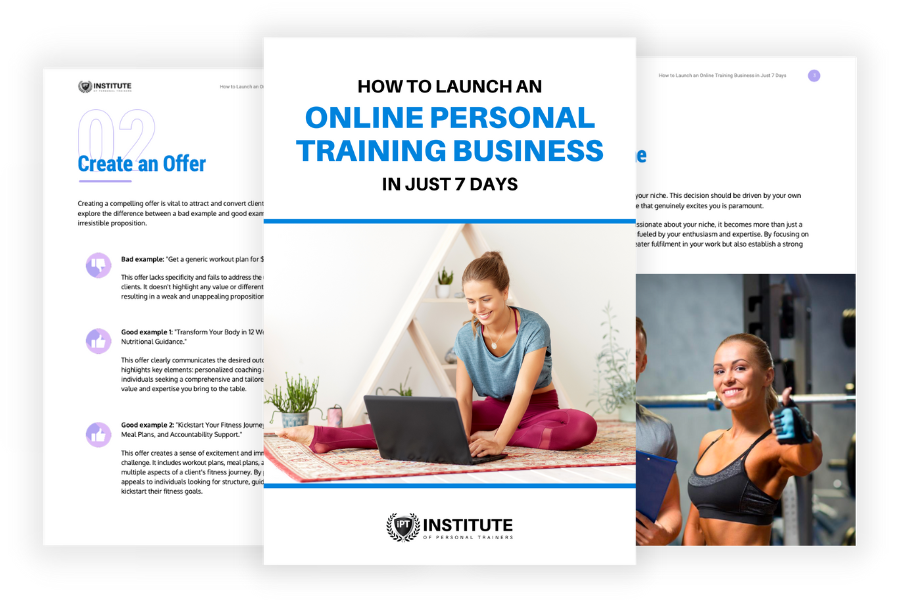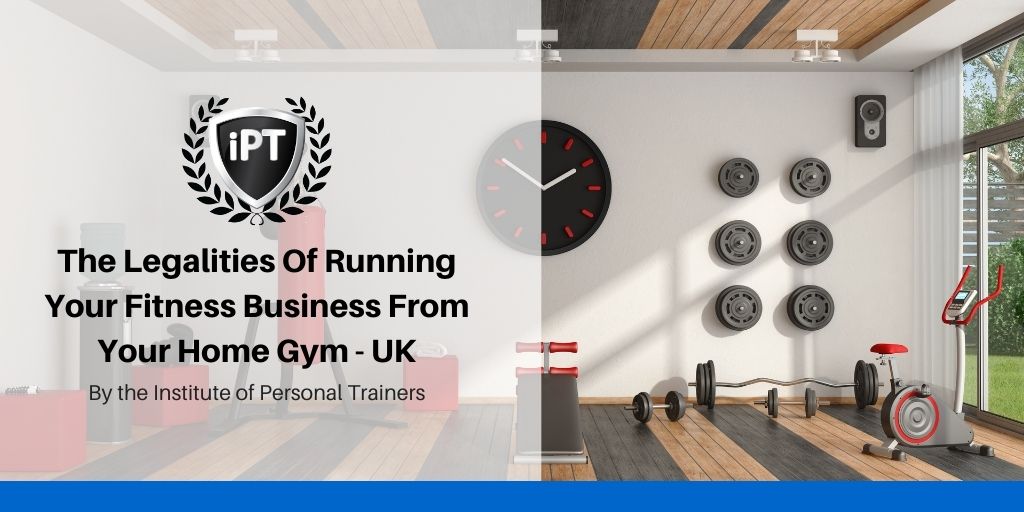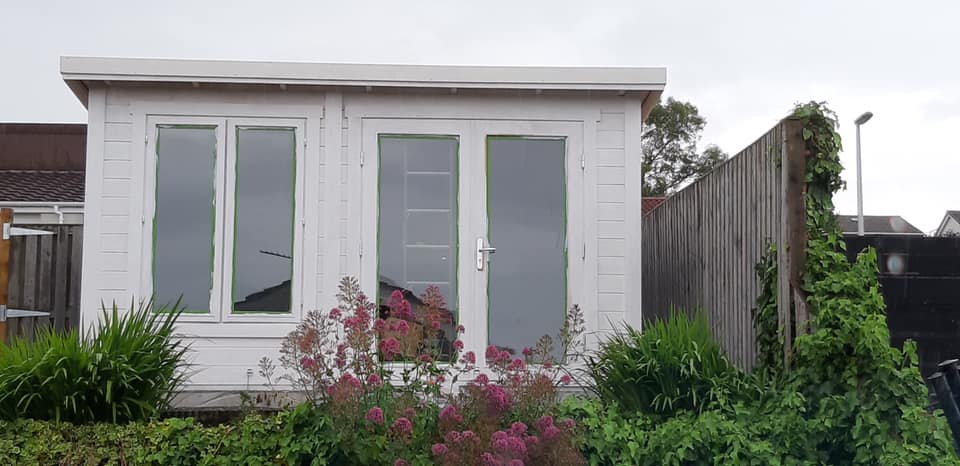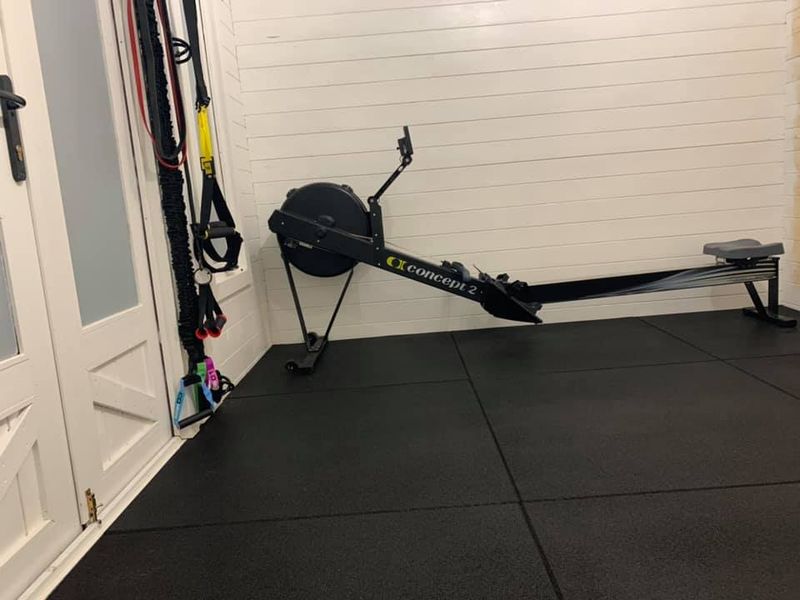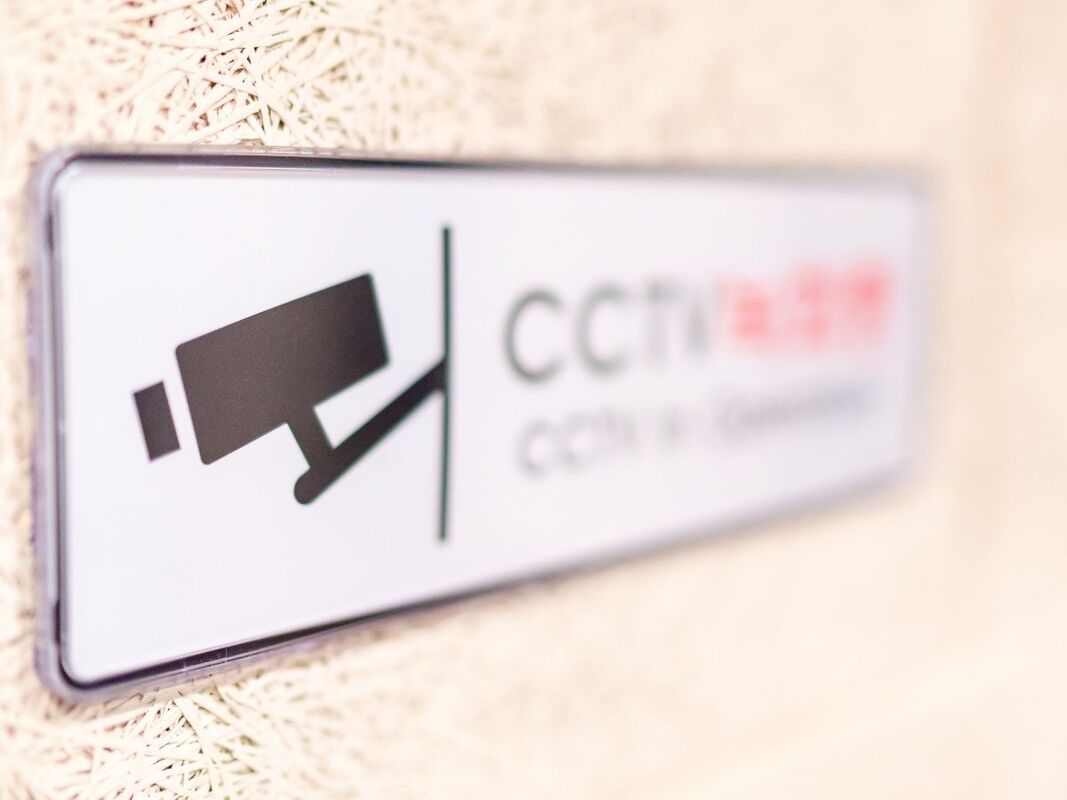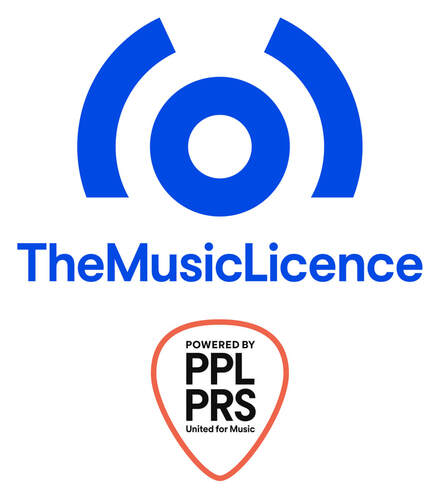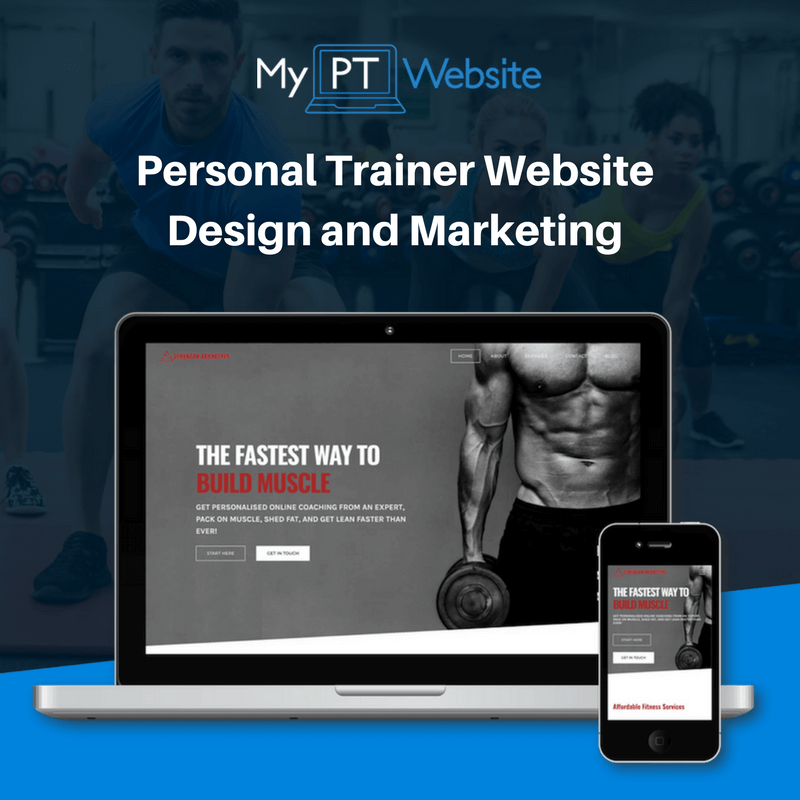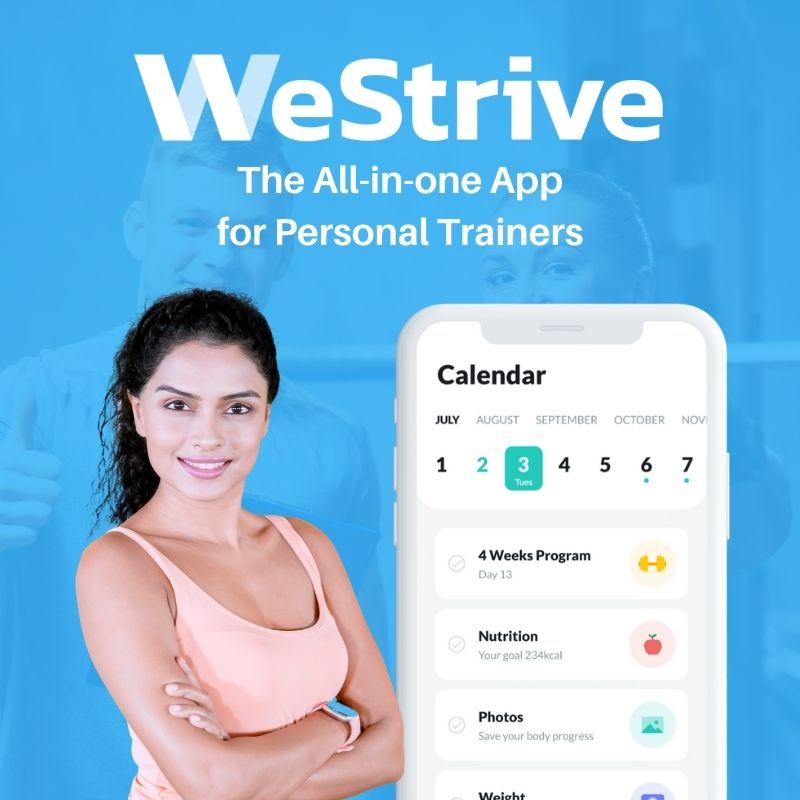|
FREE GUIDE: HOW TO LAUNCH AN ONLINE PERSONAL TRAINING BUSINESS
IN JUST 7 DAYS
✓ The new, better way of launching an online business
✓ The fastest way to create in irresistible offer ✓ A simple system to sell to clients who are interested |
|
After talking recently about some of the practical considerations when building a home gym for a personal training business there is one important component missing. It is vital to get the legalities right in the setup stages of the personal training business before you actually start seeing clients face to face in your facilities. The legal considerations are broad and could include proper licencing from the council, paying business rates, restrictions on rented properties compared with mortgaged properties, risk assessments for on-site injuries, and generally being compliant with local rules around running a business from your home. 1. Getting Permission Before you start building the premises for a new, custom home gym or converting your garage, you may need to get permission first. A sensible option is to start a folder for this sort of paperwork just in case you ever need to refer to it. My home is mortgaged or rented. This is the first thing to check. If you’re in a rented house, you’ll need permission from your landlord to run a business from your property. Get this in writing and put it in your business folder. If your home is mortgaged, the mortgage agreement will contain this information. Check with the bank or building society before incurring any expenses. Local planning office This is a branch of your local government. If you’re building a bespoke space from scratch, there are certain requirements it has to meet or you’ll need planning permission. These relate to the height of the building and its relative proximity to your house. Permitted development rights can be withdrawn, so it’s worth checking for any recent changes to your property before beginning. Planning permission is the responsibility of the person that has the freehold to the property, so getting this checked by an independent authority is the next step. Local council The local council may deny your application to run a personal training business from home in the event they believe your business will disturb your neighbours, or damage your home. These concerns may be valid if clients are coming and going at anti-social times, the music is too loud, or there are barbells being dropped. This could be seen as a nuisance or contributing to structural damage to the property. These are the three places that need to grant permission for you running a personal training business from your home, but there are other considerations once you’ve passed this stage. 2. Getting Insured This topic has been covered before for online trainers and in some considerable depth for face to face personal trainers in the UK, USA, Canada and Australia. In short, you will need Professional Liability Insurance at a minimum which protects you against legal action if your clients get injured based on the advice you've given them. You may also want to consider:
3. The Small Print Other things you may need to consider will depend on your unique circumstances so we'll just list a few that may be relevant to you here. Business Rates You may need to speak to the Valuation Office Agency about whether you may have to pay business rates. These may be payable on the part of your property that you use for your business. You could also qualify for small business rate relief if your property meets any of the criteria. Qualifications and Professional Memberships It’s worth pointing out that as a personal trainer you do not need to be registered with any governing bodies such as REPs or CIMSPA. Although to work one to one with clients, you will need to be a qualified level 3 personal trainer in order to get the proper insurances. Security at Home If you’re working with clients in a home gym, you may want to consider video recording sessions via CCTV. This could provide you with support in the event of an allegation of inappropriate behaviour. Make it clear to your clients that you’re recording by including this in the contract they sign when they start working with you. You are providing a completely professional service, even though it may be happening at a home gym so do not flirt or make suggestive comments, shut them down if your client makes them, and always ask permission before providing a tactile cue in your coaching. Video recordings could protect you and your clients. First Aid While not strictly speaking a legal requirement, it is worth mentioning that a fully up to date First Aid Certificate would be an asset to your personal training business. Once you’ve achieved this, they are valid for 3 years before they need renewing. DBS If you work with children or vulnerable adults, you may need a background check by the Disclosure and Barring Service (DBS). These are usually performed by employers but special applications can be made for self-employed personal trainers that require them. Music Licence Finally, playing music in your personal training sessions requires a special copywriting licence if you’re exercising in a public place which is issued by PPL PRS Ltd. Normally, for personal trainers working at a commercial gym, you will have these licenses already in place, but in the event of a home gym, it may be your responsibility. If your home gym facility is considered a “public place”, this license will be needed and the financial outlay can be considerable. UK Active has negotiated a special “exercise to music” tariff with PPL which secures a 10% discount for members. However, it would be preferable from a financial perspective to only work privately with clients and then this license would not be necessary. Summing Up Once the initial investments are made, the on-going costs are much smaller than paying gym rent or business rates in a public space. It can significantly increase the value of your home and improves your profit margins considerably.
It also gives you more flexibility in terms of controlling the environment to suit the sort of clients you want to attract. Building a home gym is a fantastic asset for your personal training business. If you're based in the USA, Canada, Australia or other parts of the world, these points may not exactly be relevant to you, but the principles could give you directions on what to check with your country's laws on running a business from your home. |
Our All In One Platform
Check out out all in one business & marketing platform for personal trainers!
WEBSITE BUILDER | FUNNELS |MEMBERSHIPS | SCHEDULING| EMAIL MARKETING| PAYMENTS| CRM | AI ASSISTANT | SURVEYS
Popular Articles
Trusted Partners
We work closely with some of the best service providers in the fitness industry.
Categories
All
|

